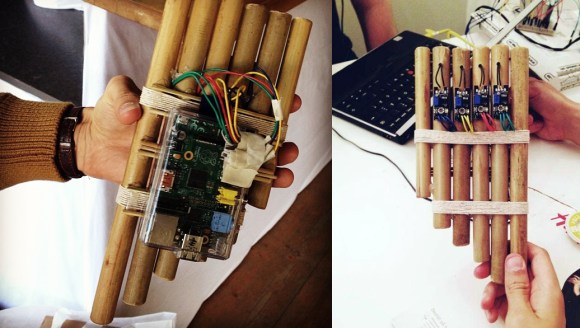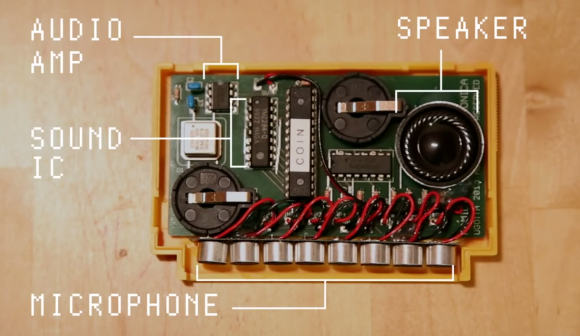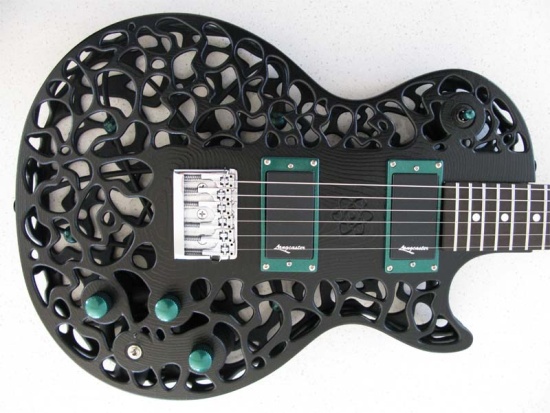
Organ pedal boards have been around forever — they’re an easy way to multitask while playing the piano, organ, or even the guitar. [Ville] plays the electric guitar and wanted to give bass pedals a shot — the only problem is, the commercial versions are pretty pricey. So he decided to make his own temporary solution using an old MIDI keyboard he had lying around.
The beauty of this hack is it’s completely non-destructive — although you might find you like it so much you won’t want to take it apart! [Ville] started by marking out spacer keys using green cardboard. He then grouped together other sets of keys using tape and polystyrene sheets, which he recycled from a plastic waste bin. He then marked off each set of keys with the range of notes to program into the MIDI receiver — on a 49 key keyboard you get just a bit more than an octave of bass pedal keys! It’ll certainly do until you get your hands on a proper organ pedal unit.
From there it was just a matter of re-mapping the keys on the software end of things, and disabling the other unused keys. He offers a few different methods of doing this, including using VST plugins, and Pure Data — to which he’s provided a patch he made to simplify the process.
To see it in action, stick around after the break and hear [Ville] play One Hour Backwards on electric guitar.

















